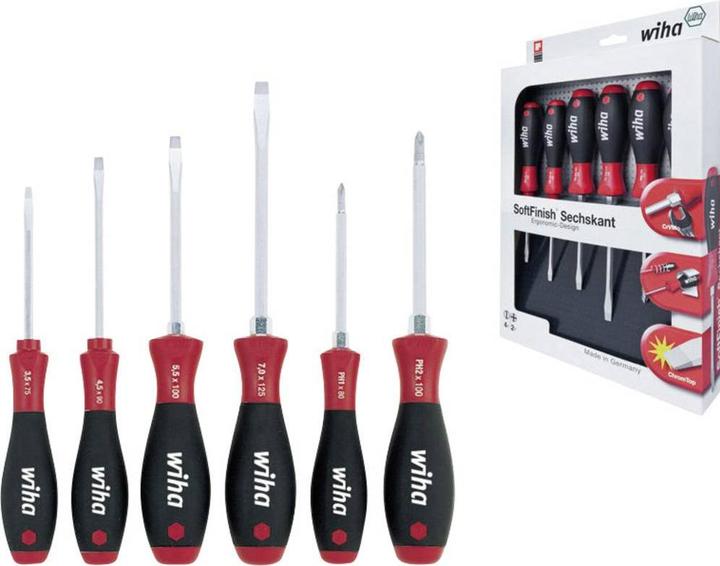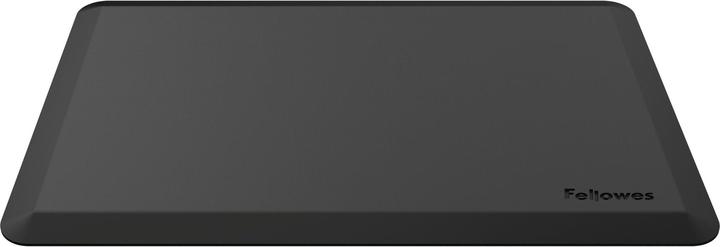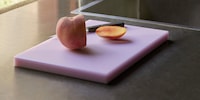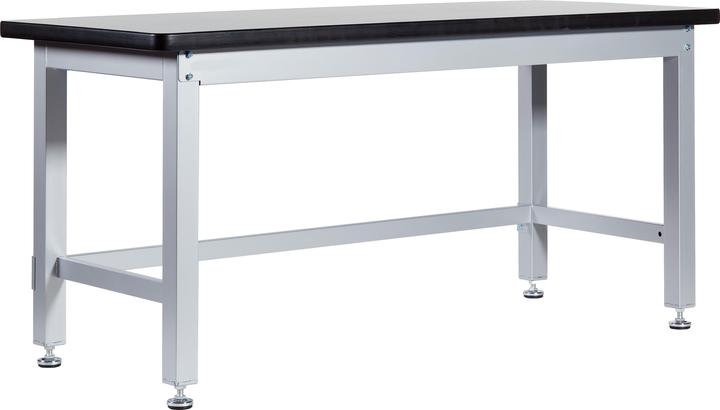

Home Improvement: ergonomic working
Your own workshop: a DIYer’s dream that you can turn into reality. This series will cover everything from choosing the right room to ergonomic working. This time, we're focusing on how to position your workbench.
I feel a tweak in my back. Shifting back and forth, stretching and walking around doesn't change much; it still hurts. And I've hardly done any physical activity. It's just because I'm hunched over the workbench – and spend every day working in an office. Back pain is becoming widespread as we increasingly stay in the same position.
Standing for long periods is common for most workshop devotees. When you're carefully gluing wood, you often don't notice, but the muscle tension soon makes itself known when you change position. These issues can be significantly reduced by focusing more on ergonomics. The goal is to design your working conditions, processes and even workplace to minimise damage.
Reaching new heights
Spending long periods of time at your workbench can get especially uncomfortable. If your bench isn't suited to your height, you'll automatically be off to a bad start. But that's not the only thing to take into account. It's also important to consider the type of work you'll be doing. For intricate work like engraving, for example, it's a good idea to be able to rest your elbows on the bench for support. A bench height 5–11 cm above your elbows is therefore recommended. If, on the other hand, you're sanding woodwork, the edge of the bench should be 10–15 cm below your elbows. Hard work such as carving, sawing and moving large pieces of wood require a lower bench height. In this case, your bench should be 15–40 cm below elbow height.
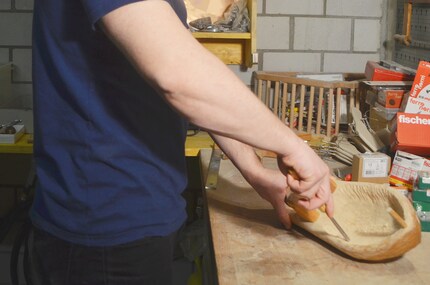
If you frequently switch between different tasks, it's worth considering a height adjustable workbench.

The perfect fit
Have you ever thought that the wrong hand tool could have a damaging effect on your body? I'd never thought about it before; I just picked up the nearest screwdriver and got on with the job. However, the quality and shape of the handle actually has an impact on your wellbeing. If the handle isn't a good fit for the flexibility of your hand, you'll expend more effort and reduce your efficiency. Long periods of use result in hand pain and cramps, which can spread to the arms, shoulders and even back. The handles of ergonomic tools are often adapted to the type of task, fit well in your hand and are made from anti-slip materials.
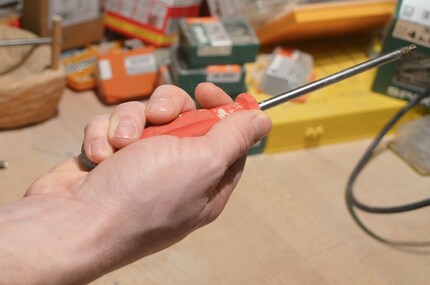
Choosing a chair
It's often said that sitting is the root of all evil. It's true to a certain extent, but it's not the act of sitting that causes the damage, it's how long you spend doing it. Spending long periods in the same position – whether that's sitting, standing or lying – doesn't do the body any good. That's why it's wise to change position regularly. In the office that means standing, but in the workshop it means sitting. Sitting is particularly important for fiddly fine motor tasks. And don't forget to adjust your chair to a comfortable height.
Anti-fatigue mats
Sometimes we can't avoid standing for long periods of time. That's when an anti-fatigue mat can help. The padding ensures that you are constantly making unconscious micromovements to keep your balance. This removes pressure from your feet and improves circulation, which reduces signs and symptoms of fatigue.
From theory to practice
Now you know how, you have to be disciplined from day to day. I know that can be the biggest hurdle. It always is for me. As soon as I start to concentrate and get tunnel vision, I don't pay much attention to my posture. In these situations, you have to monitor yourself constantly, which is tricky to start with. But what's a little effort compared to avoiding twinges and jabs? It's a no-brainer.
My life in a nutshell? On a quest to broaden my horizon. I love discovering and learning new skills and I see a chance to experience something new in everything – be it travelling, reading, cooking, movies or DIY.
Practical solutions for everyday problems with technology, household hacks and much more.
Show all